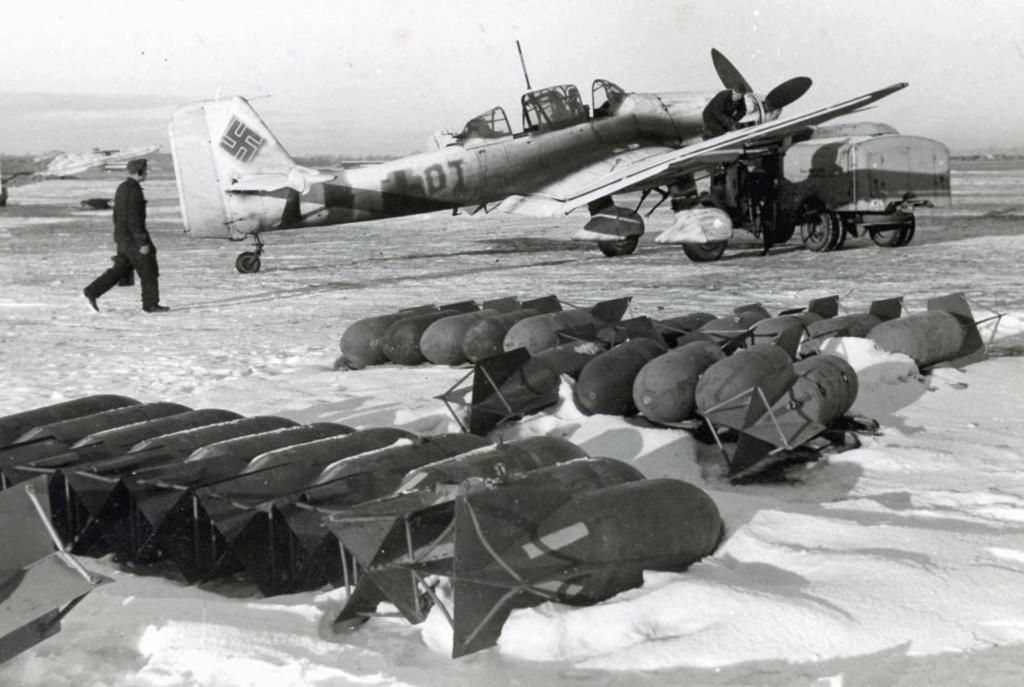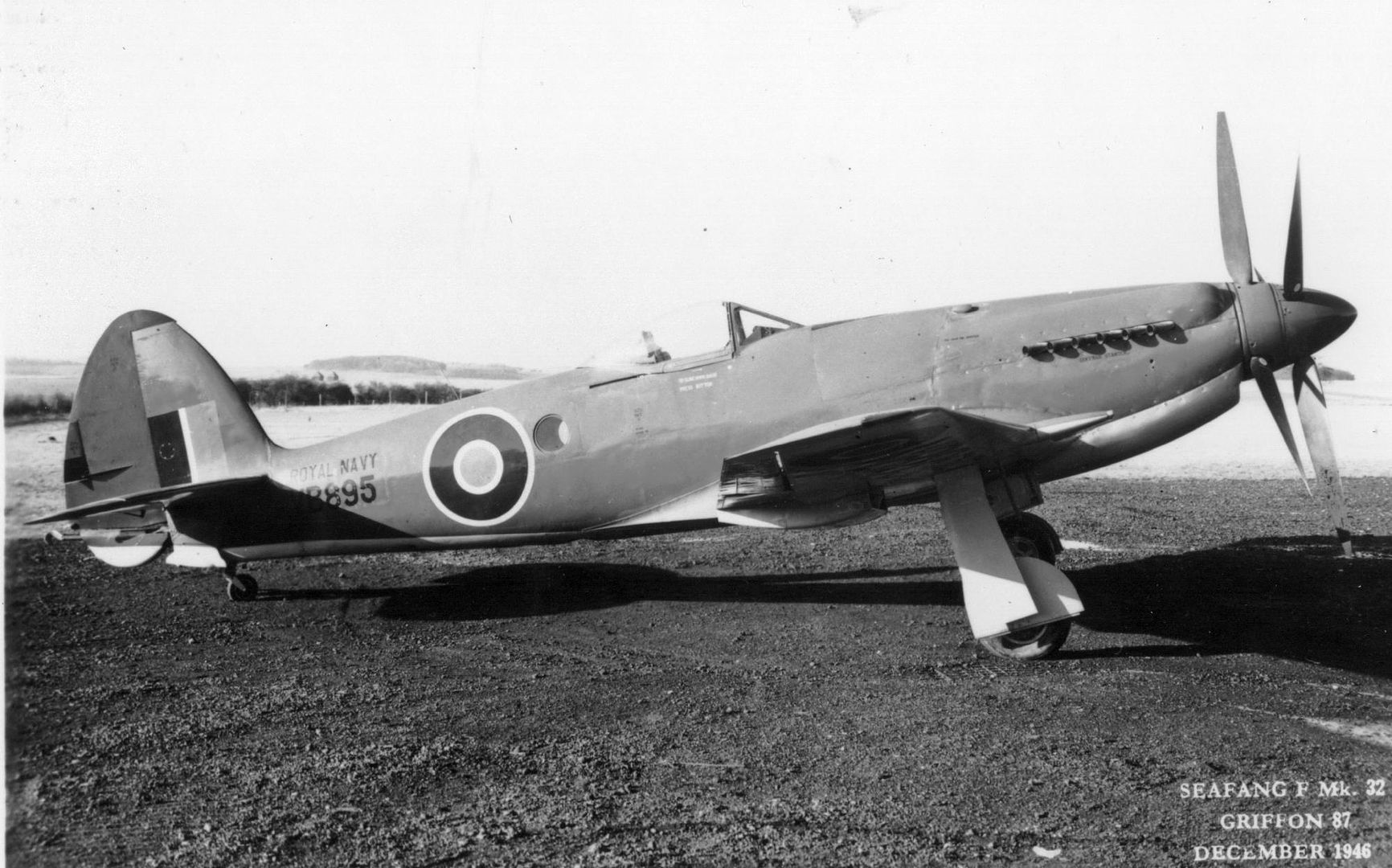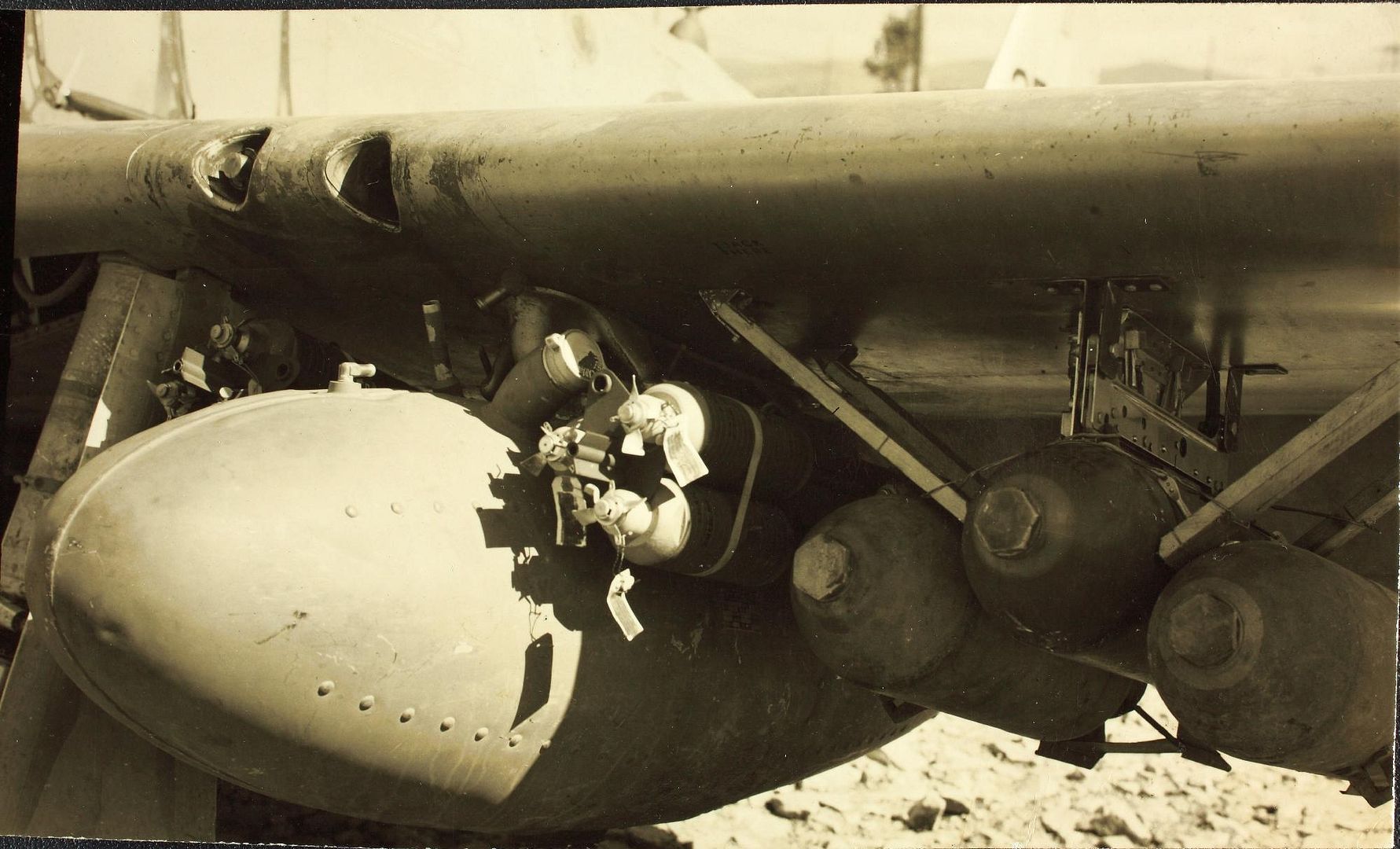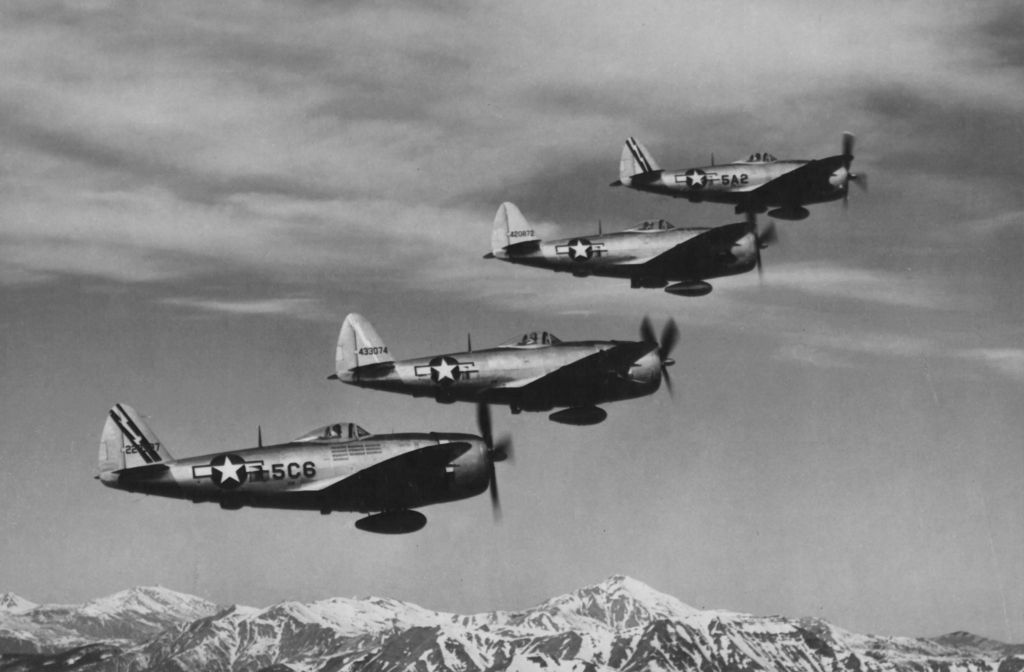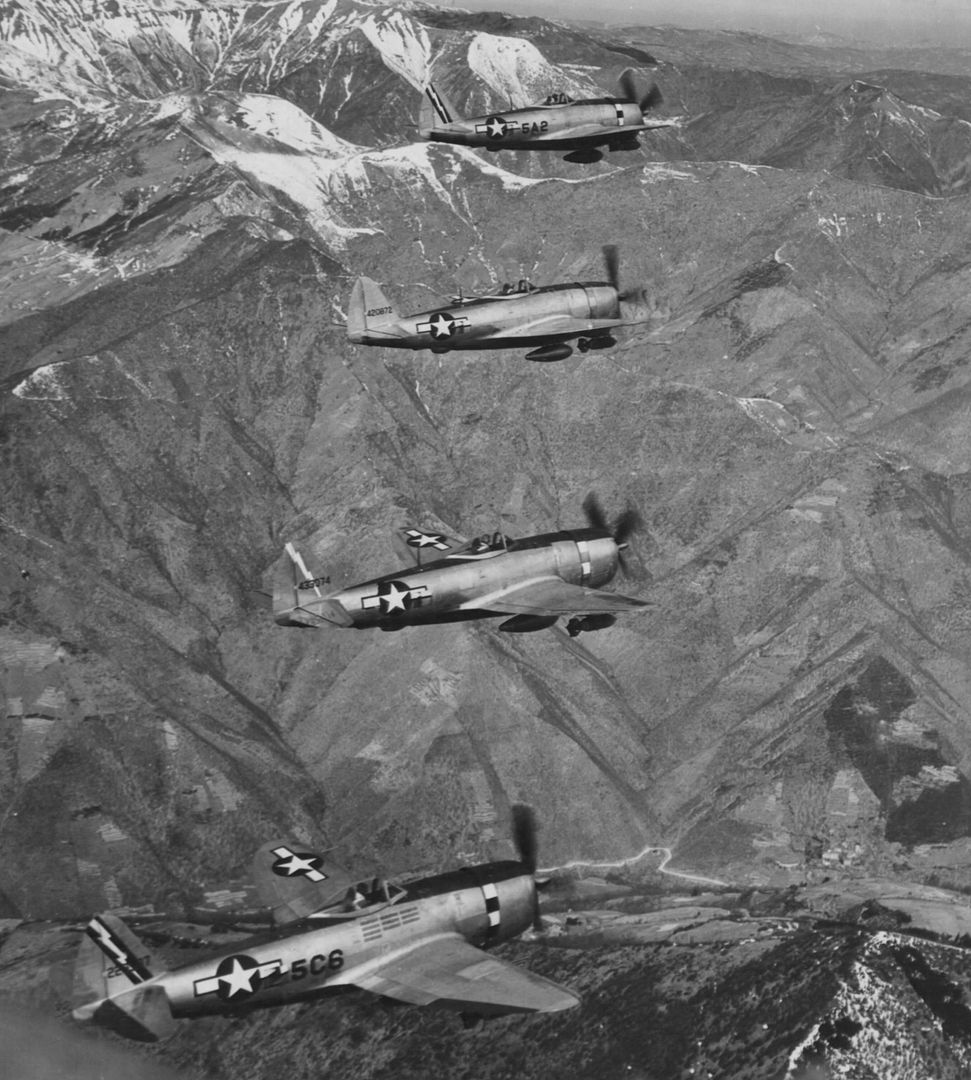Forums
- Forums
- Axis And Allies Forum
- General Discussion
- Photo of the week
Photo of the week
Post a reply
- Go to Next topic
- Go to Welcome
- Go to Introduce Yourself
- Go to General Discussion
- Go to Screenshots, Images and Videos
- Go to Off topic
- Go to Works in Progress
- Go to Skinning Tips / Tutorials
- Go to Skin Requests
- Go to IJAAF Library
- Go to Luftwaffe Library
- Go to RAF Library
- Go to USAAF / USN Library
- Go to Misc Library
- Go to The Ops Room
- Go to Made in Germany
- Go to Campaigns and Missions
- Go to Works in Progress
- Go to Juri's Air-Raid Shelter
- Go to Campaigns and Missions
- Go to Works in Progress
- Go to Skinpacks
- Go to External Projects Discussion
- Go to Books & Resources
-
10 years agoSat Apr 26 2014, 03:37pm
 Main Admin
Main Admin -
10 years ago
 Main Admin
Main Admin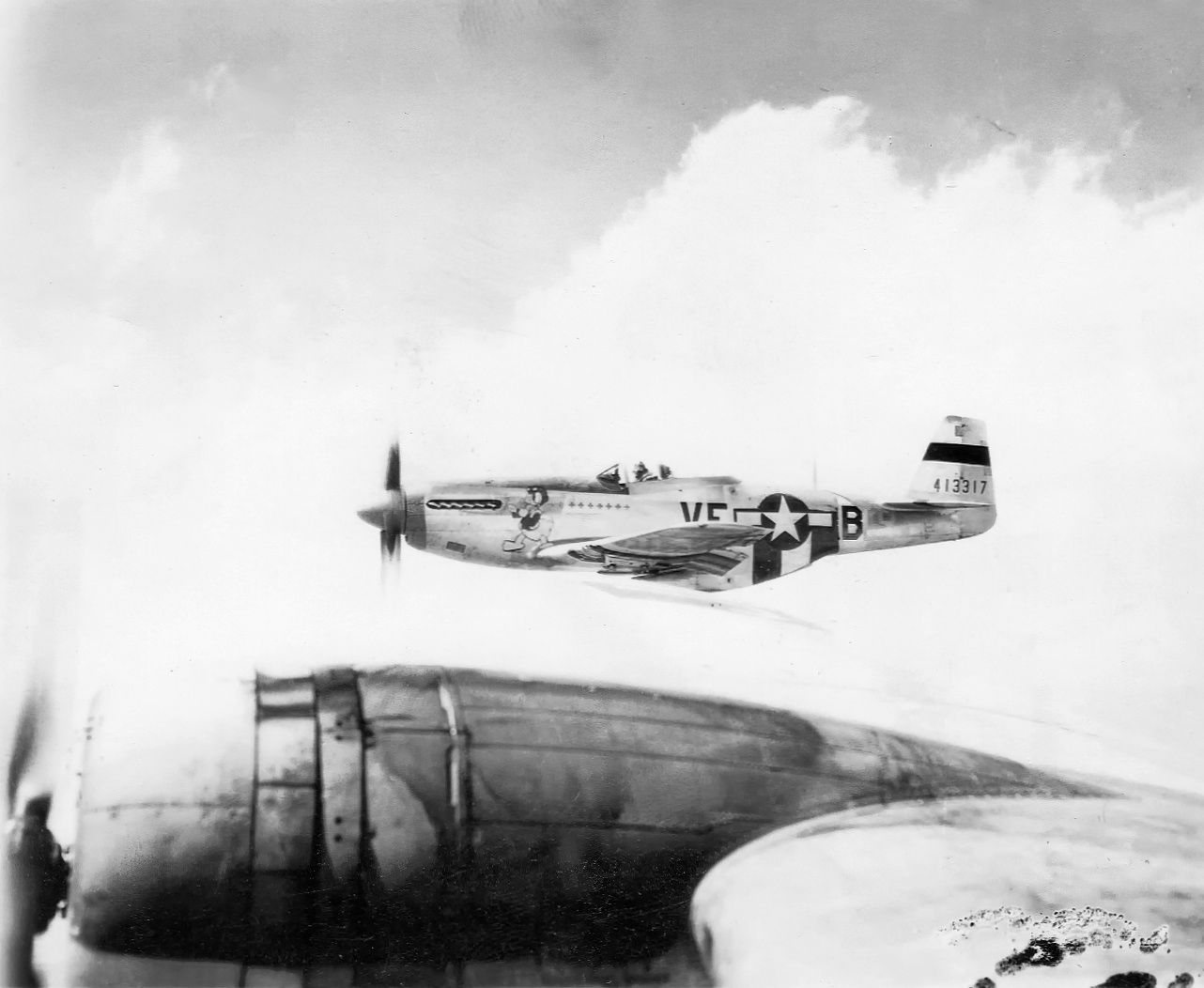
In 1942 Donald Emerson was a 19-year-old North Dakota boy who chose military service over farming. One year after graduating from high school in Karlstad, Minnesota, he enlisted in the U.S. Army Air Corps. Just as he was finishing up training as an armorer, the age and education requirements for aviation cadets were lowered; he immediately filed his application and was soon classified cadet/pilot. By the end of 1943 he was ready for combat flying as a fighter pilot in a P-51 Mustang.
In January, 1944, he sailed on the Ile de France to England where he was assigned to the Eighth Air Force's elite Fourth Fighter Group on March 9. This premier fighting unit had been formed around the earlier "Eagle Squadrons" of American pilots who voluntarily fought with the British before the U.S. entered the war. When Donald joined the group it was under the skilled leadership of 26-year-old Col. Donald J.M. Blakeslee--one of the finest air commanders in WWII. These men were about to make history as the highest scoring group in the war. Two of its top aces--John Godfrey and Don Gentile--were fast becoming stars in the media, with PR tours looming; another--Jim Goodson--the commanding officer of Donald's 336 squadron was being dubbed "King of the Strafers" by the press.
During his eight months of active duty with the 4th FG, Donald completed at least 89 combat missions, including D-Day operations and the Russia Shuttle missions. He most often flew into battle in his P-51 Mustang VF-B #413317, emblazoned with the whimsical but fearless image of Donald Duck--dukes up and fighting mad.
Donald said he was fighting so dreams could come true, and he said he had a few dreams of his own. He looked forward to postwar life when he hoped to make a career of flying, and he dreamed of going back home, of marriage and family, and of owning a house with a fireplace.
On Christmas Day, 1944, while flying another P-51 during the Battle of the Bulge, he was heading back to his base after a mission when he encountered six enemy planes. He managed to shoot down two of them, but as he crossed enemy lines flying close to the ground, he was struck by flak from anti- aircraft guns. His plane crashed in British-occupied territory in Belgium; it is believed that he died before his plane landed. He was buried the next day in a temporary military cemetery near Margraten, Holland, where his body is now permanently interred in the American Military Cemetery.
Capt. Donald R. Emerson earned the Distinguished Flying Cross and the Air Medal, with additional clusters awarded to both, and posthumously, the Purple Heart. He was 21. -- Sandra D. Merrill, 1992.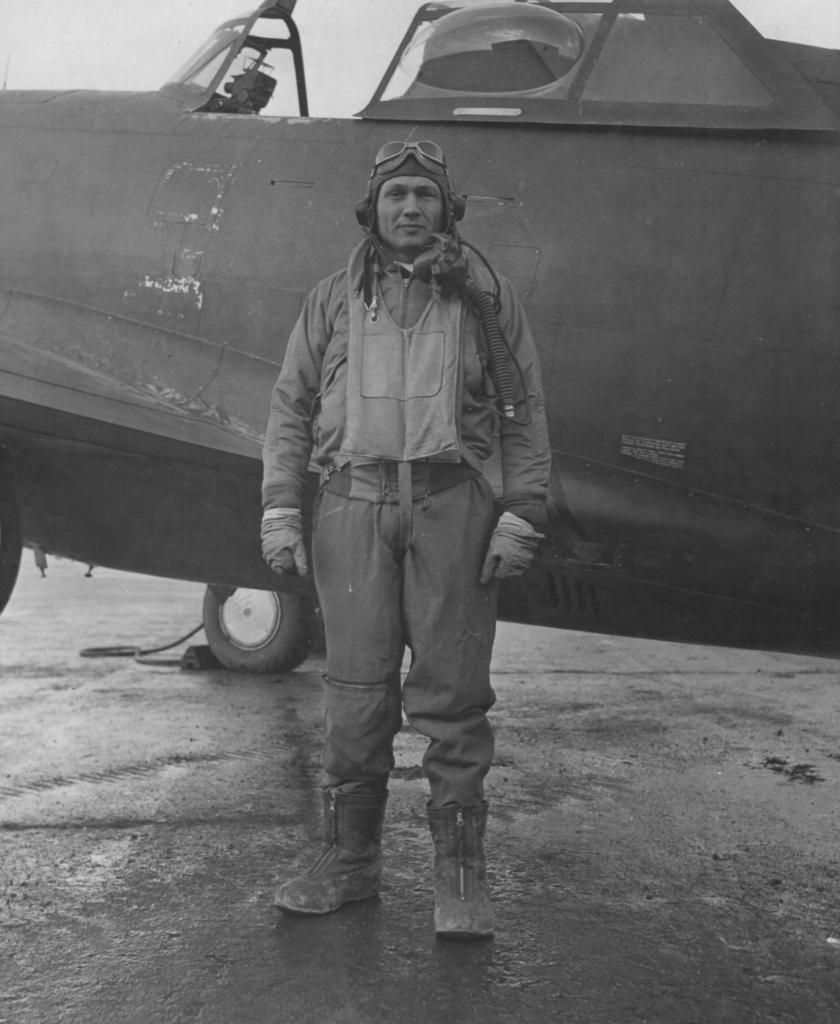
Col. Cass S. Hough was born in Plymouth, Michigan in 1904. He developed an early interest in flight, and in the 1920s, he became one of the earliest licensed pilots in Michigan.
Hough joined the U.S. Army Air Corps Reserve in 1939 and flew many hours in single and multi-engine aircraft from Selfridge Field on weekends. He was called to active duty in 1941, prior to Pearl Harbor. He and three other pilots were selected to fly P-38s as escorts for Gen. F.O. Hunter, commander of the XIII Fighter Command, in a B-17 on a secret flight over the Atlantic to Goxhill, England.
The P-38 Lightning was having difficulty recovering from the high-speed dives necessary on attacks from above in combat, and was being out-performed by the British in mock dogfights. Hough worked to determine how P-38s could pull out of such dives. In September, 1942, he piloted a P-38 on the longest terminal velocity dive then known, recovering by use of trim tabs on the tail. At the time, it was believed the dive had exceeded the speed of sound. In February, 1943, he performed a similar terminal velocity dive in a P-47 Thunderbolt. He was awarded the Distinguished Flying Cross for each of these dives.
Hough was assigned by Gen. Doolittle, commander of the 8th Air Force, to lead a small unit to develop solutions to operational problems as well as continuing to fly regular escort missions. This group helped develop lightweight droppable external fuel tanks of a paper-mache-like material to extend the range of fighters; the "droop-snoop" P-38 with a Plexiglas nose for a bombardier, bomb sight and ability to carry two 2,000-pound bombs; a rocket-propelled bomb to penetrate concrete German submarine pens; and the tactic of skip-bombing napalm-filled fuel tanks into enemy positions.
Hough continued to fly missions in support of ground troops until the surrender of Germany when he was transferred to Peterson Field in Colorado, awaiting assignment to the Pacific. He was released from active duty shortly after the end of the war. He rejoined Daisy Manufacturing and continued to fly after he became company chairman with more than 26,000 accident free hours. He also served as a member of the Michigan Aeronautics Commission as acting director and as chairman of the Commission. Cass S. Hough passed away in September of 1990.
Among his other numerous awards and decorations were two U.S. Legion of Merits, six U.S. Air Medals, the American Defense, European, African, Middle East Campaigns with seven battle stars and the Distinguished Unit Citation.
Cass S. Hough was enshrined into the Michigan Aviation Hall of Fame on May 19, 2012. -
10 years ago
 Main AdminThis weeks bonus.
Main AdminThis weeks bonus.
What a Beast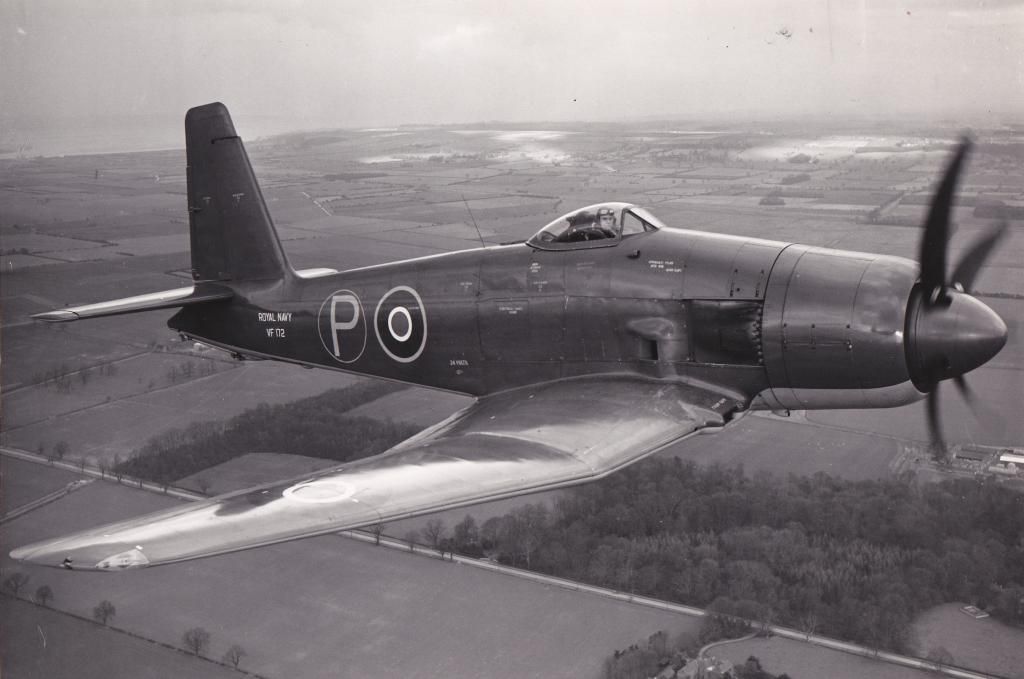
LINK - http://www.axis-and-allies-paintworks.com/e107_plugins/forum/forum_viewtopic.php?314 -
10 years ago
 Main Admin
Main Admin -
 AdminAre the odd-looking drop tanks with the long filler neck and rivets on the side actually napalm tanks?
AdminAre the odd-looking drop tanks with the long filler neck and rivets on the side actually napalm tanks?
Also, did anyone else notice the extra frag bombs between the tank and the landing gear door in the second pic? Makes you wonder if the pilot didn't have a couple more stashed under the seat to throw out the window! -
10 years ago
 Main AdminYes they are napalm tanks, probably old P-40 drop tanks converted,as this unit flew them before getting Mustangs.
Main AdminYes they are napalm tanks, probably old P-40 drop tanks converted,as this unit flew them before getting Mustangs.
The first photo the inboard tank is the normal drop tank,the outboard being the napalm.
The second photo shows the napalm tank, with extra frag bombs attached, a nasty weapon indeed. -
10 years ago
 Main Admin
Main Admin -
10 years ago
 AdminSuperb view !
AdminSuperb view ! -
 AdminAny ideas (or a close-up) of the kill or mission markers on 5C6 closest to the camera? They seems to be too uniform to be hakenkreuzes or balkenkreuzes. Trains or ships, perhaps?
AdminAny ideas (or a close-up) of the kill or mission markers on 5C6 closest to the camera? They seems to be too uniform to be hakenkreuzes or balkenkreuzes. Trains or ships, perhaps? -
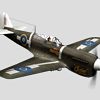 AdminI'm guessing they're 'bombs' indicating attack missions flown... If so, it has flown a few! Interesting how the starboard elevator and aileron are painted, replacement parts I assume?
AdminI'm guessing they're 'bombs' indicating attack missions flown... If so, it has flown a few! Interesting how the starboard elevator and aileron are painted, replacement parts I assume?
Post a reply
- Go to Next topic
- Go to Welcome
- Go to Introduce Yourself
- Go to General Discussion
- Go to Screenshots, Images and Videos
- Go to Off topic
- Go to Works in Progress
- Go to Skinning Tips / Tutorials
- Go to Skin Requests
- Go to IJAAF Library
- Go to Luftwaffe Library
- Go to RAF Library
- Go to USAAF / USN Library
- Go to Misc Library
- Go to The Ops Room
- Go to Made in Germany
- Go to Campaigns and Missions
- Go to Works in Progress
- Go to Juri's Air-Raid Shelter
- Go to Campaigns and Missions
- Go to Works in Progress
- Go to Skinpacks
- Go to External Projects Discussion
- Go to Books & Resources
